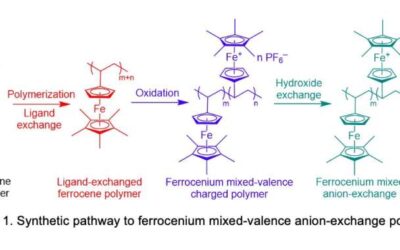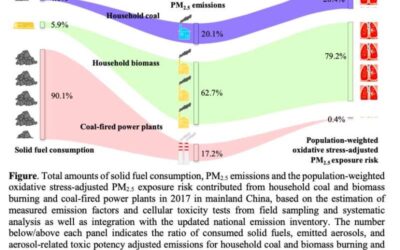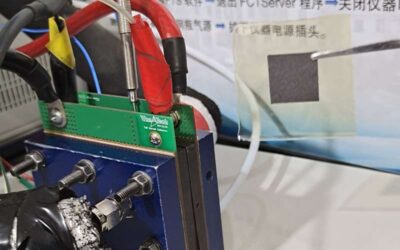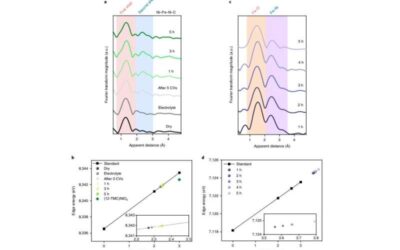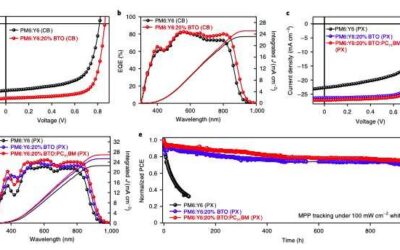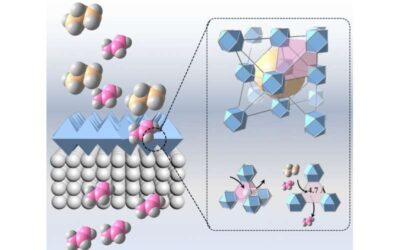So far, solar cells based on polycrystalline cadmium selenide telluride (CdSeTe) have exhibited some crucial limitations, despite their low fabrication costs and advantageous qualities. Most notably, these solar cells exhibit higher voltage losses than other mature...
Energy & Green Tech
New ferrocenium-based anion-exchange membranes for fuel cells
Anion exchange membranes (AEMs) are semipermeable fuel cell components that can conduct anions but reject cations and gases. This enables the partition of substances that could chemically react with one another, thus allowing the cells to operate properly.
A new rational solvent molecule could enhance the performance of lithium metal battery electrolytes
Lithium (Li) metal batteries are currently perceived as one of the most promising next-generation batteries. As a result, many academics and companies worldwide have been focusing their research efforts on the development of these batteries, in the hope to gradually...
New insights about the toxicity of smoke produced by home stoves and power plants
The color of smoke coming out from chimneys can vary greatly based on its source and how it is produced. For instance, small coal or biomass stoves typically release dense, black smoke, while power generation plants produce lighter-colored plumes of smoke.
New fuel cells that can operate at temperatures between -20 to 200°C
Proton exchange membrane fuel cells (PEMFCs) are power cells that can transform the chemical energy produced during the electrochemical reaction between hydrogen and oxygen into electrical energy. While these cells could be highly promising energy solutions, most of...
Study: Chemical nature of defects that cause trap states in metal halide perovskite solar cells
In recent years, engineers worldwide have been working to create alternative and sustainable energy solutions, such as solar cells. Solar cells made of perovskites, a class of semiconductors with a characteristic structure and advantageous properties, are among the...
Study explores the degradation mechanisms in Cu2O photoelectrodes for CO2 reduction
The efficient and large-scale conversion of carbon dioxide into fuels or other valuable substances could help to address the current energy crisis and mitigate the effects of global warming. One of the most effective approaches for converting CO2 into other...
A molecular platform for heterogeneous OER electrocatalysis based on double-atom catalysts
The oxygen evolution reaction (OER) is a chemical reaction that enables the generation of oxygen gas. This reaction is crucial for producing fuels through water splitting or through the electroreduction of CO2.
A strategy to fabricate organic solar cells with efficiencies over 17% using non-harmful solvents
Over the past few years, engineers have created increasingly advanced technologies to produce and store energy more sustainably. Solar cells made of organic molecules or polymers are among the most promising sustainable energy solutions, as they are typically thin,...
A strategy to fabricate metal-organic framework membranes for the separation of hydrocarbons
The separation of light hydrocarbon mixtures is among the most important petrochemical and industrial processes. This process is currently regarded as highly energy intensive, as it has so far been carried out using conventional techniques, such as cryogenic...


